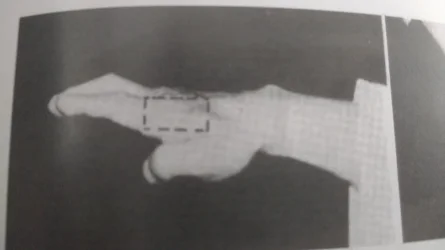dvcochran
Grandmaster
I recently had an extended senior moment in another post relating to a certain hand strike/block. That got me thinking about some of the other hand strikes, in particular the Ridge Hand. How/where/when do you use it? What do you consider the positives and negatives of this technique?

